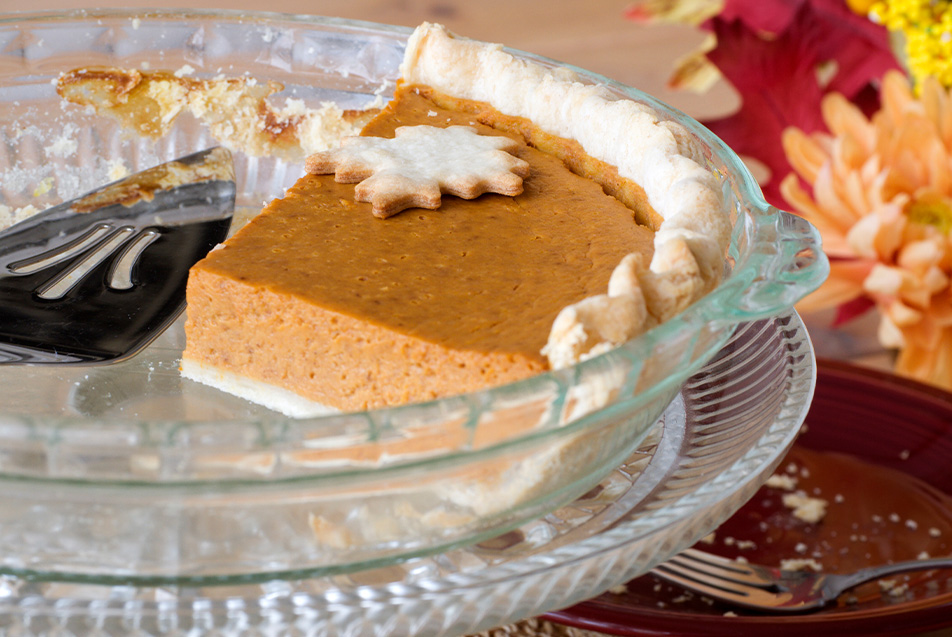
This post was written by Hannah Bercot, RDN, CD, community outreach dietitian, Parkview Community Greenhouse and Learning Kitchen.
The holidays are looking different this year with a very virtual presence due to the COVID-19 pandemic. You may not have gotten to embrace your loved ones, but hopefully, you found time to connect with family and friends, were able to hear their voices and reflect on the time spent together no matter the platform. So, with Thanksgiving under our belts, let’s take a moment to reexamine the food-filled holiday and the best ways to recover from all the enjoyment.
Overindulging
It’s no surprise that many of us tend to overeat during the holidays. It only happens a few times a year, but the temporary satisfaction leading to an afternoon of slight abdominal discomfort can be a bit nostalgic. It’s nothing to feel guilty about, but it’s also not something we should repeat until all the food is gone either. Overeating, every now and then, will cause inflammation, stretching of the stomach and a temporary boost in appetite. However, overindulging regularly can lead to chronic inflammation, weight gain, bowel discomfort, constipation, restless sleep and chronic disease.
Turn it around with leftovers
Perhaps you tried to have healthier options at the table this year, like roasted sweet potatoes instead of sweet potato pie with marshmallows, or Brussels sprouts instead of green bean casserole, and whole cranberry relish instead of jellied cranberry sauce. No matter what you chose, traditional comfort foods or new alternatives, you might be dealing with plenty of excess food.
Reach for healthier options: There are so many healthful ingredients used at Thanksgiving, making leftovers more nutritious than you might think. First, think about the most nourishing dishes that were served at your Thanksgiving table. Now, let’s examine them:
- Sweet potatoes, pumpkin and other orange starchy vegetables are all extremely nutritious. They offer an array of vitamins, minerals, phytonutrients and fiber.
- Whole cranberries, especially those without too much added sugar, win the side dish with the highest antioxidant rating.
- White potatoes have, believe it or not, reclaimed their place on the list of healthy foods, especially when prepared in a healthy manner such as roasting, baking, steaming or boiling. Be warned, mashed potatoes might be made of white potatoes, but they are usually the least healthy option due to the addition of so much excess animal fat.
Enjoy in moderation: Added fats, refined sugars, animal protein, high-fat dairy and heavily processed foods contribute more to inflammation than our health. If your Thanksgiving leftovers are full of inflammatory products, then it’s best to use moderation when adding them to your plate. If you choose one of these options, try pairing them with healthier ingredients for the next week. Here are a few ideas to get you started:
- A turkey sandwich topped with a slice of tomato and some dark leafy greens on whole grain bread, preferably with at least 2 grams of fiber per slice.
- Try adding your sweetened cranberry sauce into a smoothie with frozen bananas.
- Stir a dollop of sweet potato casserole into your overnight steel cut oats and top it with some fresh or frozen blueberries.
- Use leftover mashed potatoes to thicken a vegetable-packed stew.
Food for thought
So, if you went the healthy route for Thanksgiving this year, good for you! If you went the traditional route, that’s great too! Whatever you chose, don’t forget to cut yourself some slack, give yourself a little grace and enjoy the holidays. You deserve it. Be well and stay safe this season!



